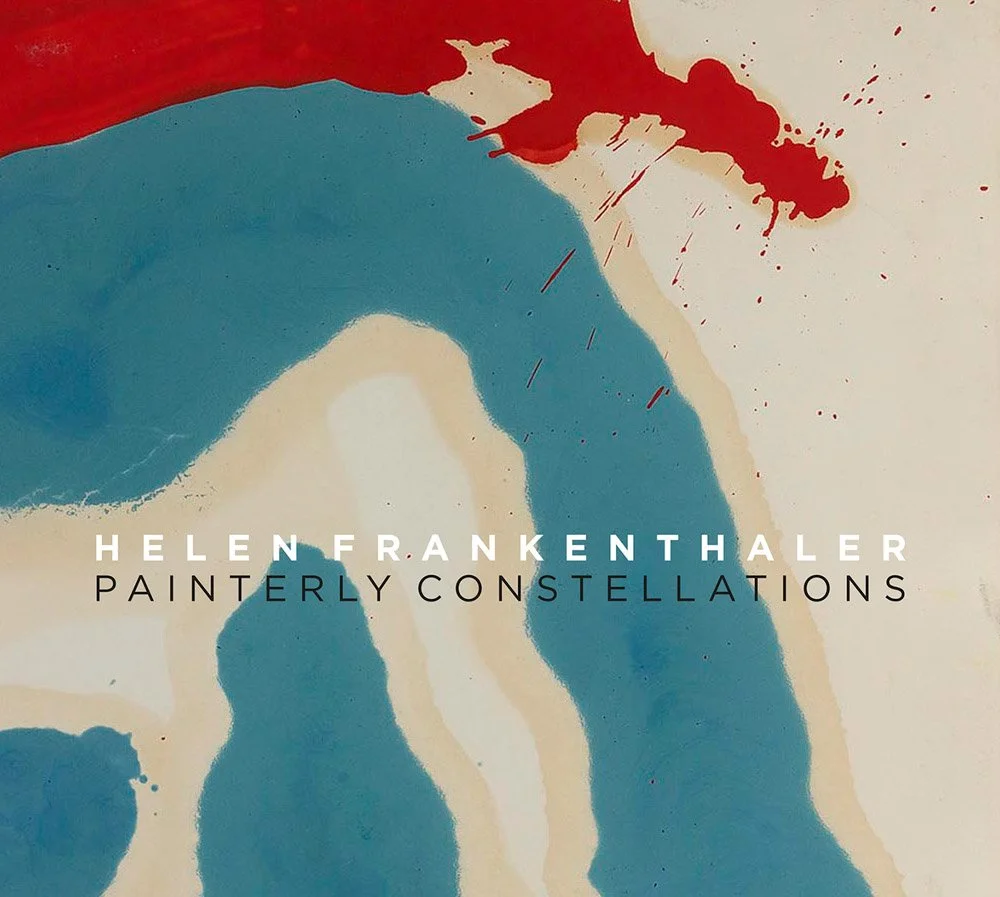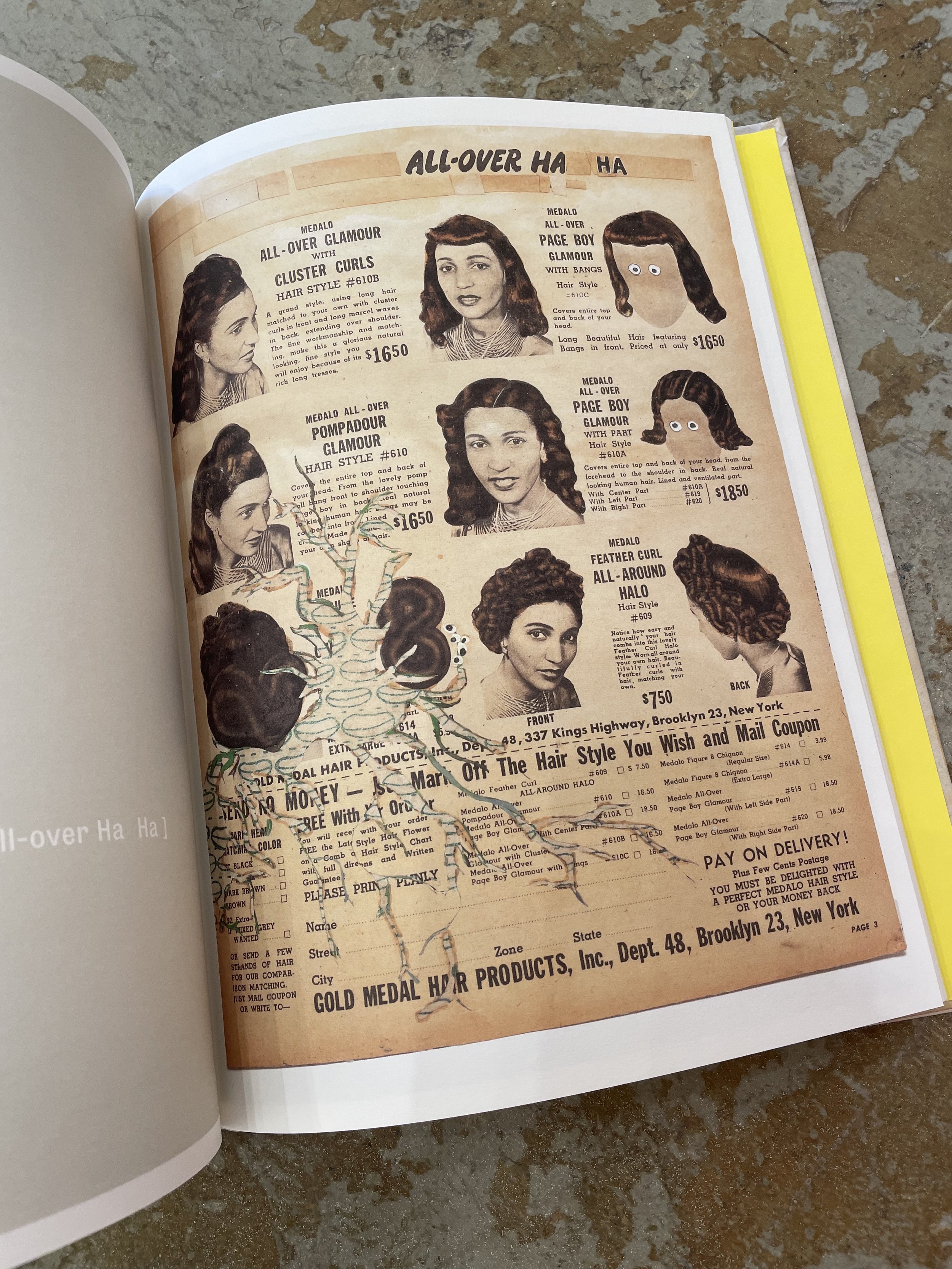Helen Frankenthaler: Painterly Constellations
In this volume, around 70 works on paper from the late 1940s to the early 2000s are juxtaposed with a selection of paintings—around 10 key works—from each phase in the august career of Helen Frankenthaler (1928–2011). For example, the monumental work Salome (1978) is set alongside stylistically related paintings on paper from the same year. Similarly, the watercolor Great Meadows (1951), from the collection of the Museum of Modern Art, New York, functions as a decisive precedent for the staining and dripping procedures created the following year, most famously Mountains and Sea (1952)—the key Abstract Expressionist painting in Frankenthaler’s oeuvre. In some phases the medium of paper dominates, especially in the later work—abstract landscapes with a horizon as well as polychrome color fields.
In this volume, around 70 works on paper from the late 1940s to the early 2000s are juxtaposed with a selection of paintings—around 10 key works—from each phase in the august career of Helen Frankenthaler (1928–2011). For example, the monumental work Salome (1978) is set alongside stylistically related paintings on paper from the same year. Similarly, the watercolor Great Meadows (1951), from the collection of the Museum of Modern Art, New York, functions as a decisive precedent for the staining and dripping procedures created the following year, most famously Mountains and Sea (1952)—the key Abstract Expressionist painting in Frankenthaler’s oeuvre. In some phases the medium of paper dominates, especially in the later work—abstract landscapes with a horizon as well as polychrome color fields.
In this volume, around 70 works on paper from the late 1940s to the early 2000s are juxtaposed with a selection of paintings—around 10 key works—from each phase in the august career of Helen Frankenthaler (1928–2011). For example, the monumental work Salome (1978) is set alongside stylistically related paintings on paper from the same year. Similarly, the watercolor Great Meadows (1951), from the collection of the Museum of Modern Art, New York, functions as a decisive precedent for the staining and dripping procedures created the following year, most famously Mountains and Sea (1952)—the key Abstract Expressionist painting in Frankenthaler’s oeuvre. In some phases the medium of paper dominates, especially in the later work—abstract landscapes with a horizon as well as polychrome color fields.














